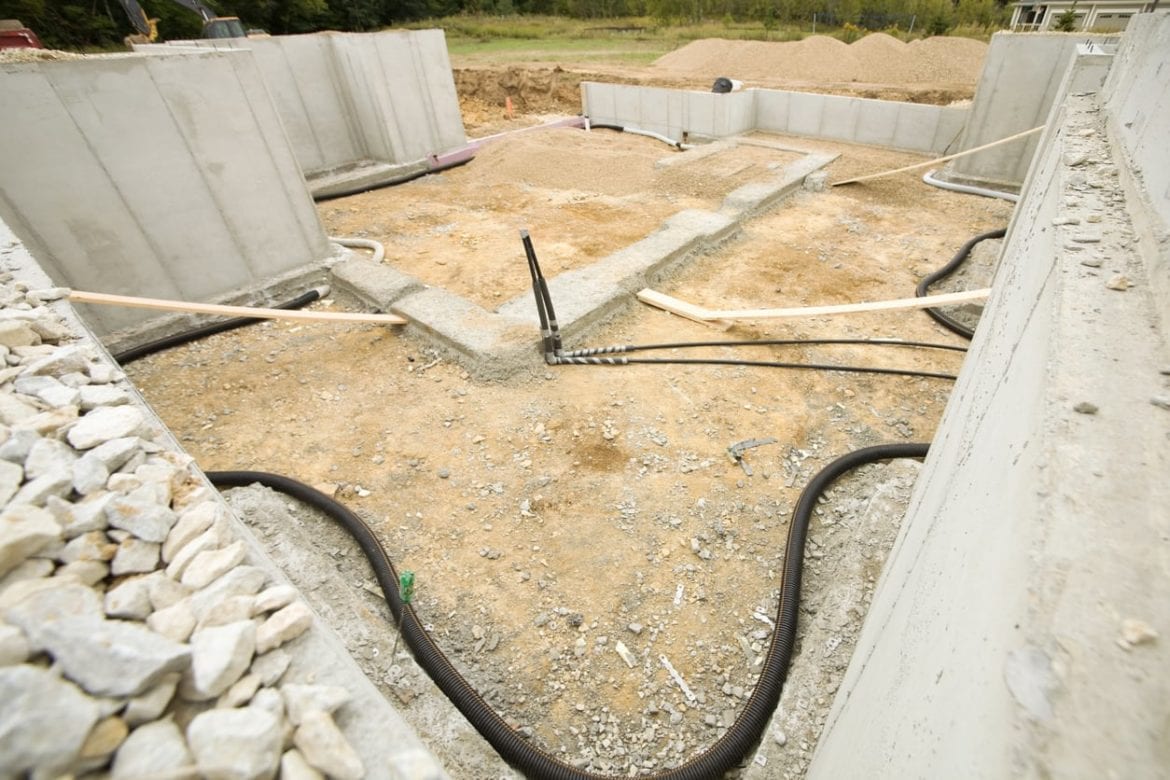While water damage is an obvious potential damage a home or building owner has to worry about when it comes to concrete, there are other potentially harmful things that you may not even notice. The passage of radon, a gas linked to cancer, through your concrete into your home or building is one of these. Concrete, by its very nature, has a large amount of tiny pores and hairlines cracks that extend throughout it. Beginning at the surface, these pores can allow gases like methane and radon to pass through your concrete with little problem.
While concrete as a structural material often makes it the only choice for construction, regardless of drawbacks like the passage of radon, you can easily defend your home or building from this potentially carcinogenic gas. Radon is a colorless, tasteless, and odorless gas that is actually the second greatest cause of lung cancer, after smoking, according to the U.S. Environmental Protection Agency. In order to know if radon is afflicting your home or building, you need to get a radon test kit and follow the instructions. As the gas cannot be tasted or smelled, these test kits are really the only way to know if radon is plaguing your home.
If you have radon in your home, a possible cause could be that it is coming through the concrete. Therefore, the solution to this problem would be to use a quality concrete sealer specifically designed to block out radon, methane, and similar harmful gases. A surface sealer is not a great choice, as it would not comprehensively block out the gas. The best choice for a concrete sealer is a silicate sealer. Silicate sealers are part of the class of penetrating sealers, coming in sodium or lithium forms. The particles of silicate in the sealer will penetrate past the surface pores of the concrete into the material. Once here, they will react with various minerals already present within the concrete to chemically produce more calcium silicate hydrate (CSH). The production of CSH will block the pores and cracks through which radon and similar gases can travel, helping ensure your home remains adequately protected.
Our Take: A radon reducing sealer that can be used is Radonseal.

